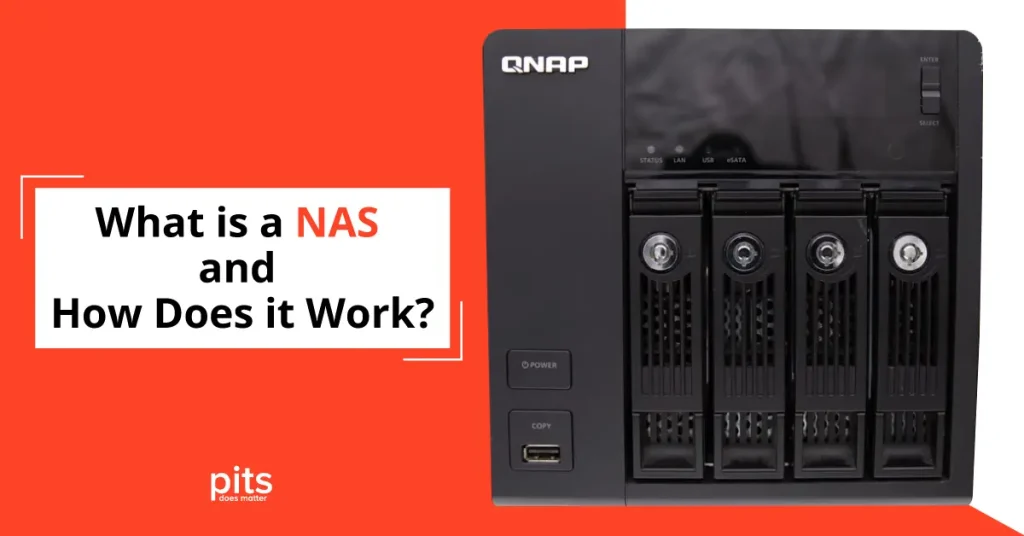A Network Attached Storage (NAS) device is a powerful storage solution designed to connect to a home or office network. It allows multiple users and heterogeneous client devices to retrieve data from centralised storage capacity. Unlike traditional external hard drives connected to just one computer, a NAS works across a network, allowing multiple users to access data. It offers features like data redundancy, remote access, and the ability to run apps directly on the device. Its versatility makes it crucial for data backup, file sharing, and multimedia streaming, serving both personal and professional storage needs.
What is Network-Attached Storage
What is Network-Attached Storage? Network-attached storage is a dedicated data storage device connected to a local network. It enables multiple users and devices to access shared data, offering centralised storage for both home and office settings. It operates as a file server, providing file-based storage services to clients over the network. This eliminates the need for each device to have its storage capacity and allows for easier data management. Network-attached storage (NAS) devices are created with simplicity in mind, ensuring they are user-friendly for both novices and experienced users.
Network-attached storage (NAS) devices offer a user-friendly setup and are known for their versatility, making them an excellent choice for both home and business use.
They come packed with features that enhance data management, making them highly sought after by small and medium-sized enterprises (SMEs) looking for centralised storage solutions.
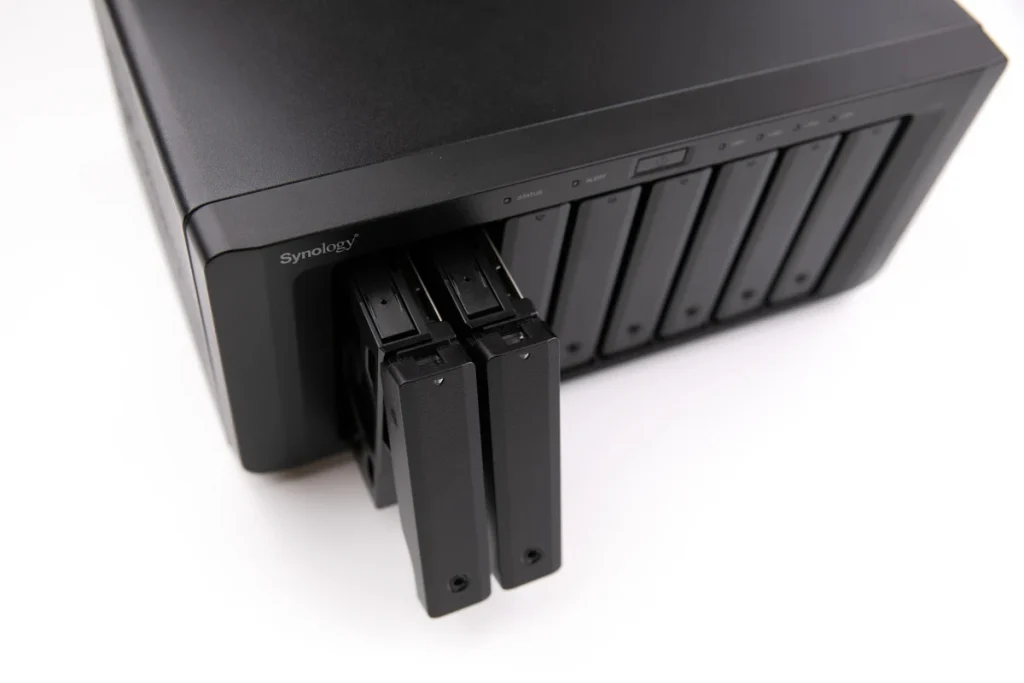
NAS systems are ideal for those seeking efficient and accessible storage options, catering to the needs of various user groups. Individuals needing to store and share large amounts of data like photos, videos, and music will find NAS (Network Attached Storage) devices extremely useful. Network Attached Storage offers a versatile, cost-effective, and secure way to protect important data. Ideal for data backup, file sharing, and multimedia storage, these devices provide an efficient method to manage and secure your crucial data.
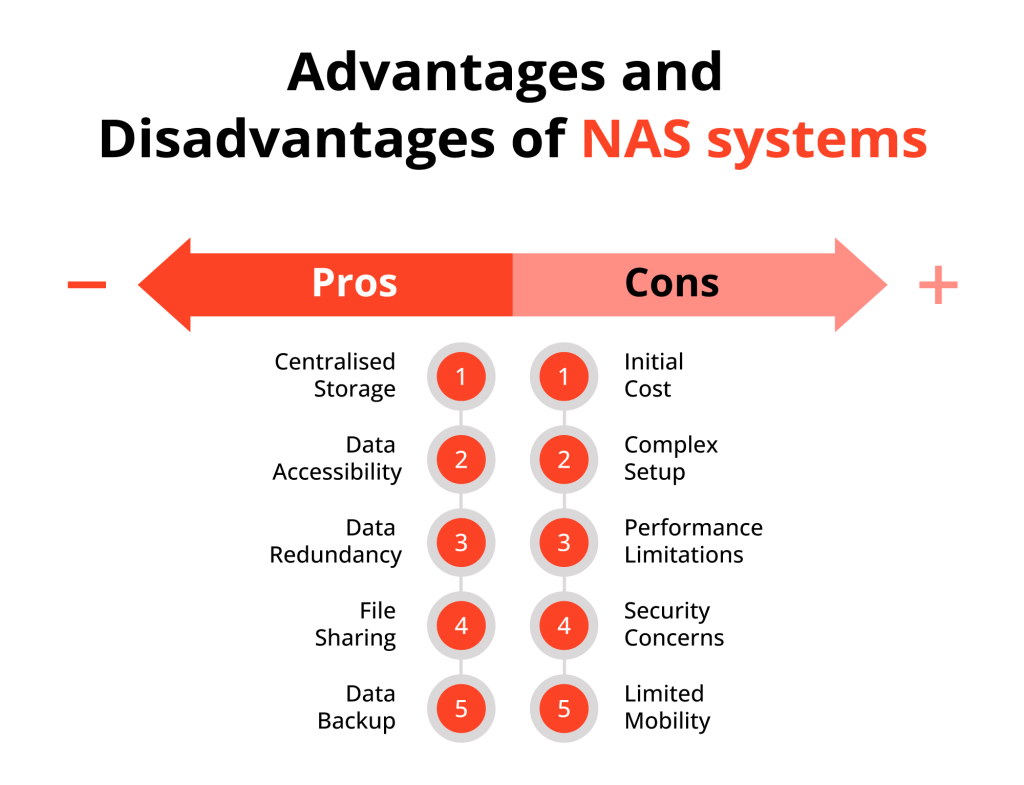
What are the Benefits of Using NAS
Using a NAS device offers numerous benefits, making it an essential addition to any home or office network. Some of the main advantages include:
Centralised Data Storage Solutions
Utilise a Network Attached Storage (NAS) device to centralise all your data, enhancing accessibility for all authorised network users. This streamlines data management and improves efficiency.
Enhanced Data Protection with RAID Technology
NAS devices leverage RAID technology to offer superior data redundancy. By duplicating data across multiple drives, they safeguard against potential data failure due to hardware failures, ensuring your information remains secure.
Seamless Remote File Access
With built-in remote access features, NAS devices support seamless file access from any location with internet connectivity. This feature is invaluable for remote employees and frequent travelers and facilitates continuous productivity.
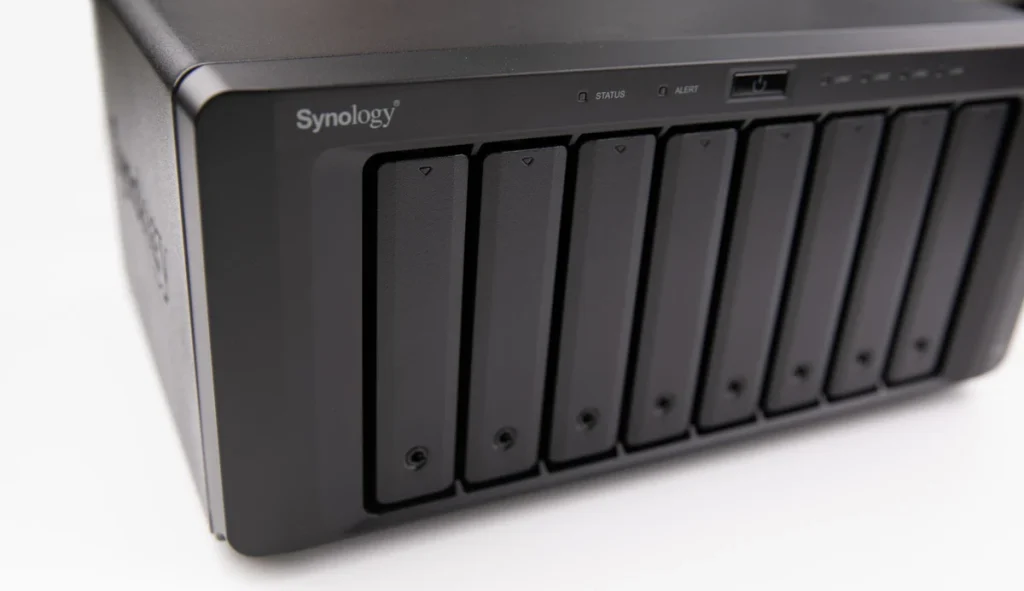
Efficient File Sharing Capabilities
NAS devices simplify the process of sharing files securely among network users, eliminating the need for physical data transfers.
This efficiency not only saves time but also enhances collaboration within teams.
Multimedia Streaming Functionality
NAS devices can run various applications, including media servers, and offer an excellent solution for storing and streaming extensive media collections. They cater to all your entertainment needs, making it easier than ever to access your favourite multimedia content.
Incorporating these features into your network setup can significantly enhance data accessibility, protection, and collaboration, making a NAS enclosure an essential component of modern digital environments.
Key Distinctions Between NAS and SAN
Understanding the fundamental distinctions between NAS and SAN is crucial for utilisingthese vital network-based storage solutions effectively. While both serve crucial storage functions, they differ significantly in purpose, structure, and access type. These devices, connecting through Ethernet, support standard network protocols such as NFS, CIFS, or SMB, facilitating easy file access.
On the other hand, SAN excel in delivering high-performance block-level storage, perfect for demanding applications like databases or virtual machine storage. Utilising dedicated hardware such as Fibre Channel switches and host bus adapters, SANs enable data access comparable to local hard drives, offering low latency solutions.
Understanding the differences between NAS and SAN, including their structure, protocol, and access type, is crucial for businesses aiming to optimise their data storage strategy. Whether you’re looking for easy-to-manage file-level storage or high-performance block-level storage, choosing the right network-based storage solution can significantly impact your organisation’s efficiency and scalability.
How Does a NAS Device Work
A NAS device works by connecting to a network and providing storage space that is accessible to all authorised users. It typically comprises one or more hard drives, which are configured using RAID technology for data redundancy and protection.
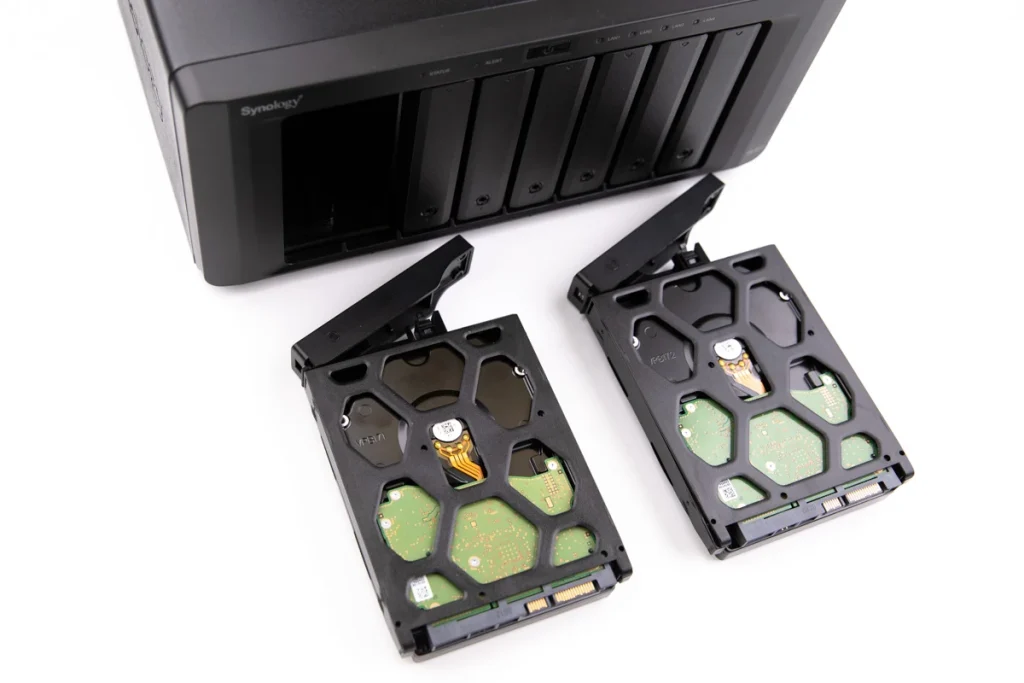
A user can interact with the device through a web-based interface or specialised software, managing settings and accessing files remotely. Additionally, some NAS devices come equipped with built-in applications for additional functionality, such as media streaming, cloud backup, and surveillance footage management.
Like any other media storage device, Network Attached Storage devices can also experience data loss due to various reasons, such as hardware failure or software corruption. If you have encountered any form of data loss with your NAS device, please do not hesitate to contact us. Trust our NAS Data Recovery Services to recover your data efficiently and securely. We have the expertise, tools, and experience to handle data recovery from all types of NAS systems, ensuring the best possible outcome for your data recovery needs.
FAQ about What is Network Attached Storage
What does Network Attached Storage do?
Discover the benefits of Network Attached Storage, a powerful storage solution that enhances data accessibility and security. NAS systems connect to your network, providing a centralised storage space accessible by multiple users. Ideal for data redundancy, they ensure your information is always safe and recoverable.
Can I use a Network Attached Storage device for my small business?
Yes, a Network-Attached Storage device is an excellent choice for small businesses. It provides a centralised solution for data storage, sharing, and backup. It supports multiple users and devices, enhancing collaboration and efficiency within your team.
How does Network Attached Storage differ from cloud storage?
Though Network Attached Storage and cloud storage both cater to data accessibility and storage needs, Network Attached Storage stands out for its localised control and direct data access, potentially offering faster speeds. Cloud storage requires internet connectivity and stores your data offsite on service provider servers.
What is the difference between NAS and SMB?
NAS, or Network Attached Storage, refers to the storage device itself that is connected to a network. SMB (Server Message Block) is a protocol used for file sharing over a network. In simpler terms, NAS devices utilise the SMB protocol to allow users to access files stored on them via a network connection.
Which is better, SAN or NAS?
The choice between a Storage Area Network (SAN) and a NAS ultimately depends on your specific storage needs. SAN is typically used for heavy data loads and high-speed access, while NAS offers more centralised control and accessibility for multiple users. Both have their advantages and can be incorporated together to provide even better storage solutions.
